Best Practice Guidelines for bracing in AIS
Which are the guidelines for using a brace in idiopathic scoliosis treatment? The study “Establishing consensus on the best practice guidelines for the use of bracing in adolescent idiopathic scoliosis”, just published by the journal Spine Deformity, collected 38 experts who developed a consensus on 67 items across ten domains of bracing which were consolidated into the final best practice recommendations.
Among the experts, from surgeons to physiatrists and physiotherapists, prof. Stefano Negrini, scientific director of Isico: “Bracing is the mainstay of conservative treatment in Adolescent Idiopathic Scoliosis (AIS), but currently there is significant variability in the practice of brace treatment for AIS and, therefore, there is a strong need to develop best practice guidelines (BPG) for bracing in AIS“.
How did you go about developing a common consensus?
Following a review of the literature, three iterative surveys were administered. Topics included bracing goals, indications for starting and discontinuing bracing, brace types, brace prescription, radiographs, physical activities, and physiotherapeutic scoliosis-specific exercises. A face-to-face meeting was then conducted that allowed participants to vote for or against the inclusion of each item. Agreement of 80% throughout the surveys and face-to-face meeting was considered consensus. Items that did not reach consensus were discussed and revised, and repeat voting for consensus was performed.
“A common adherence to these BPGs is fundamental for developing common protocols on an international level – ends prof. Negrini – furthermore, this consensus on the guidelines will lead to fewer sub-optimal outcomes in patients with AIS by reducing the variability in AIS bracing practices, and provide a framework for future research”.

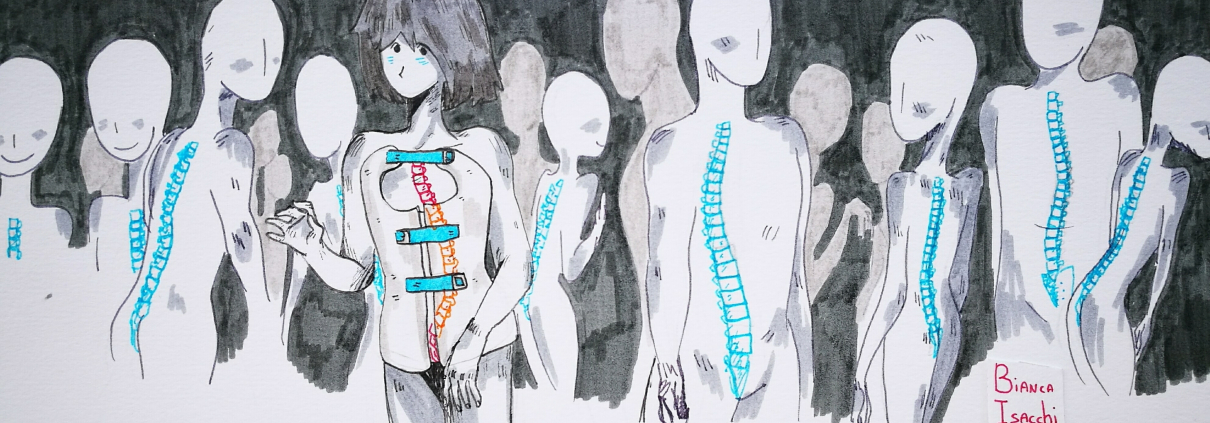
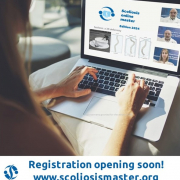
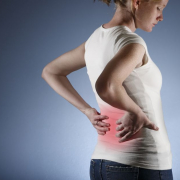
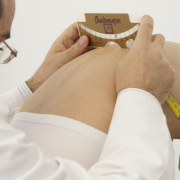


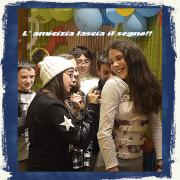

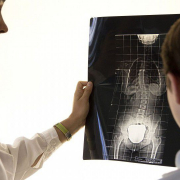


Leave a Reply
Want to join the discussion?Feel free to contribute!